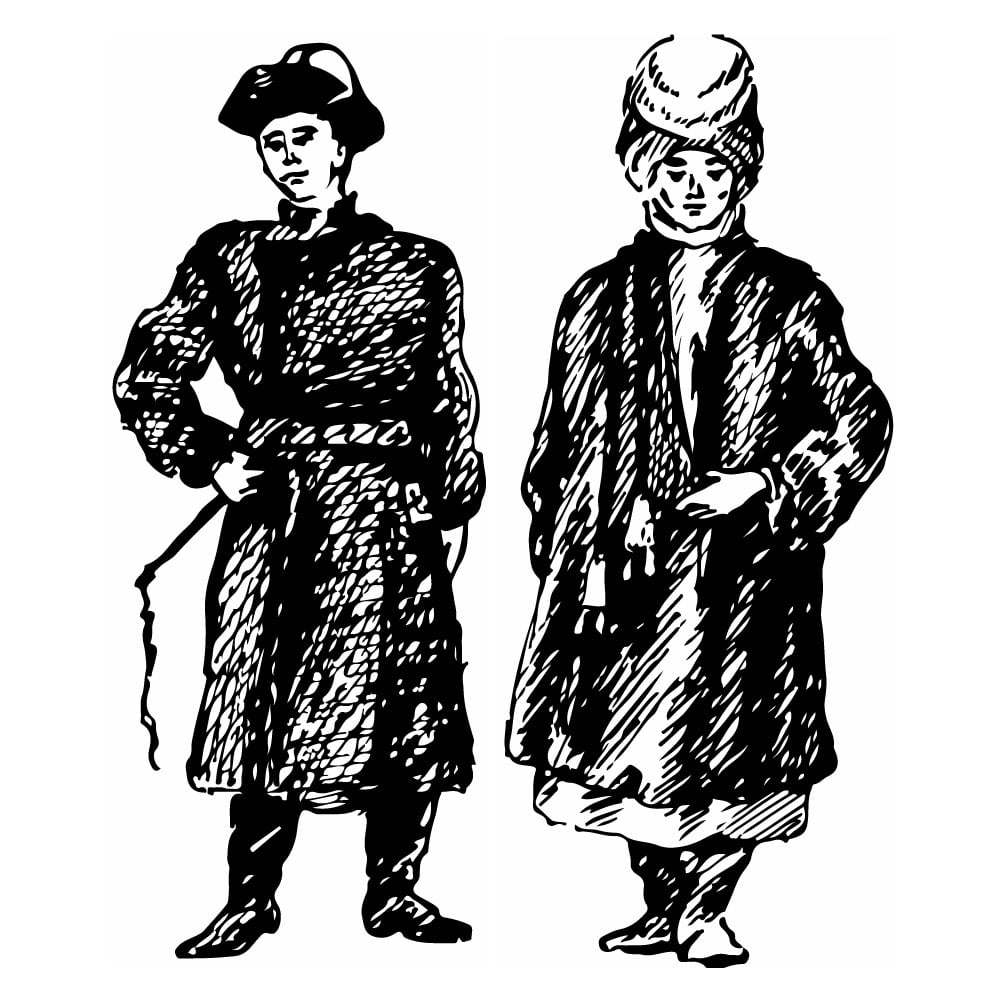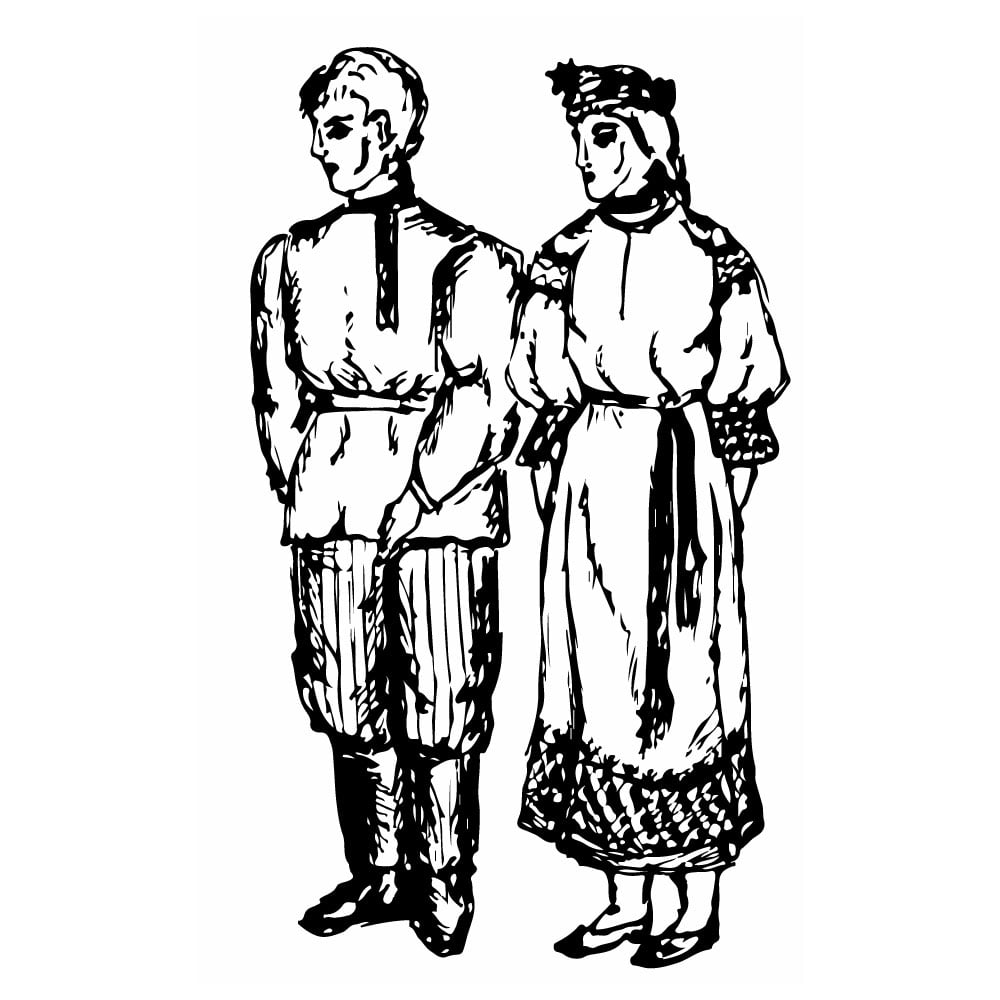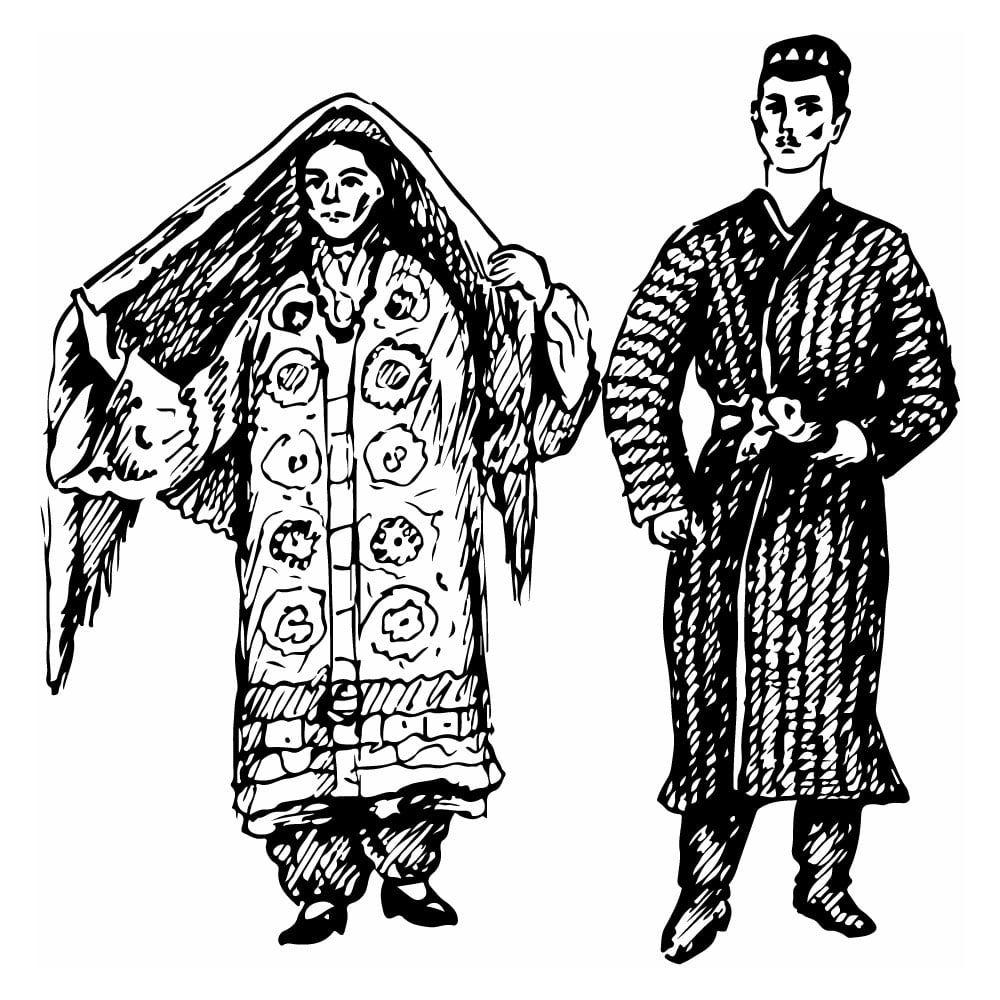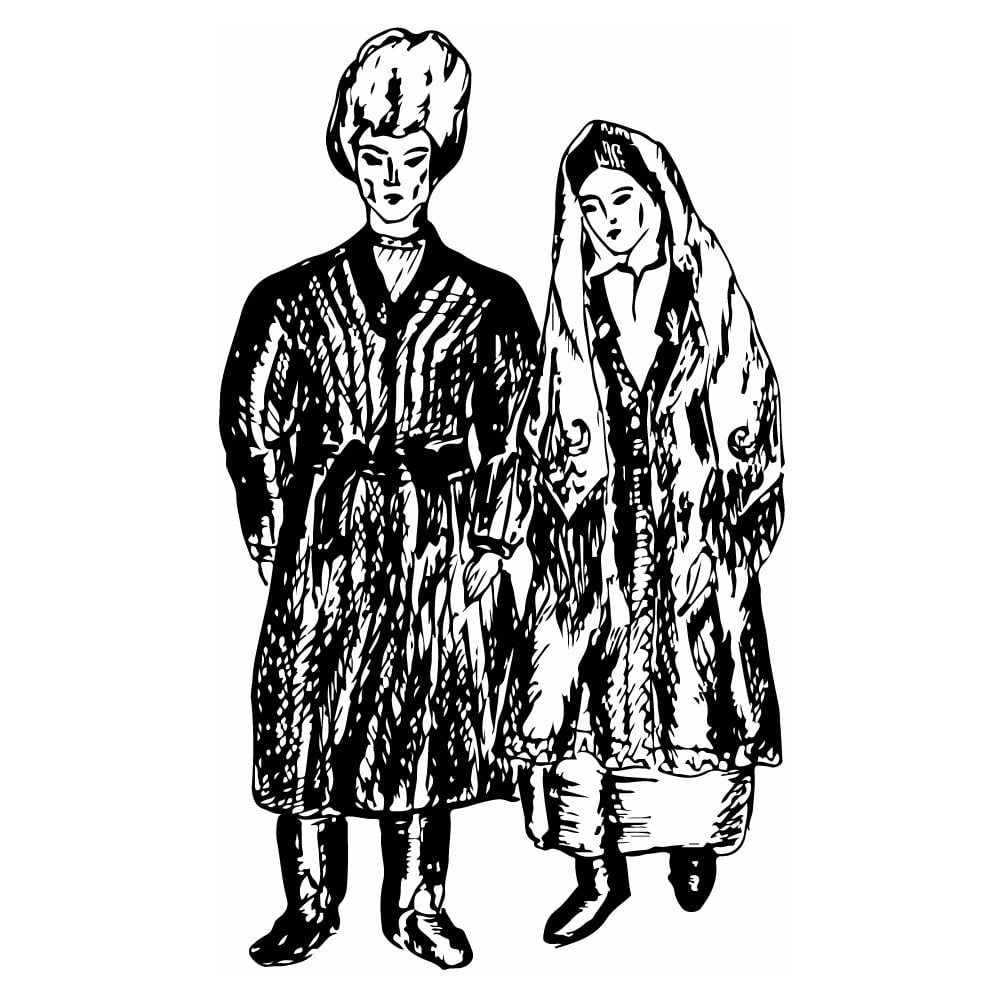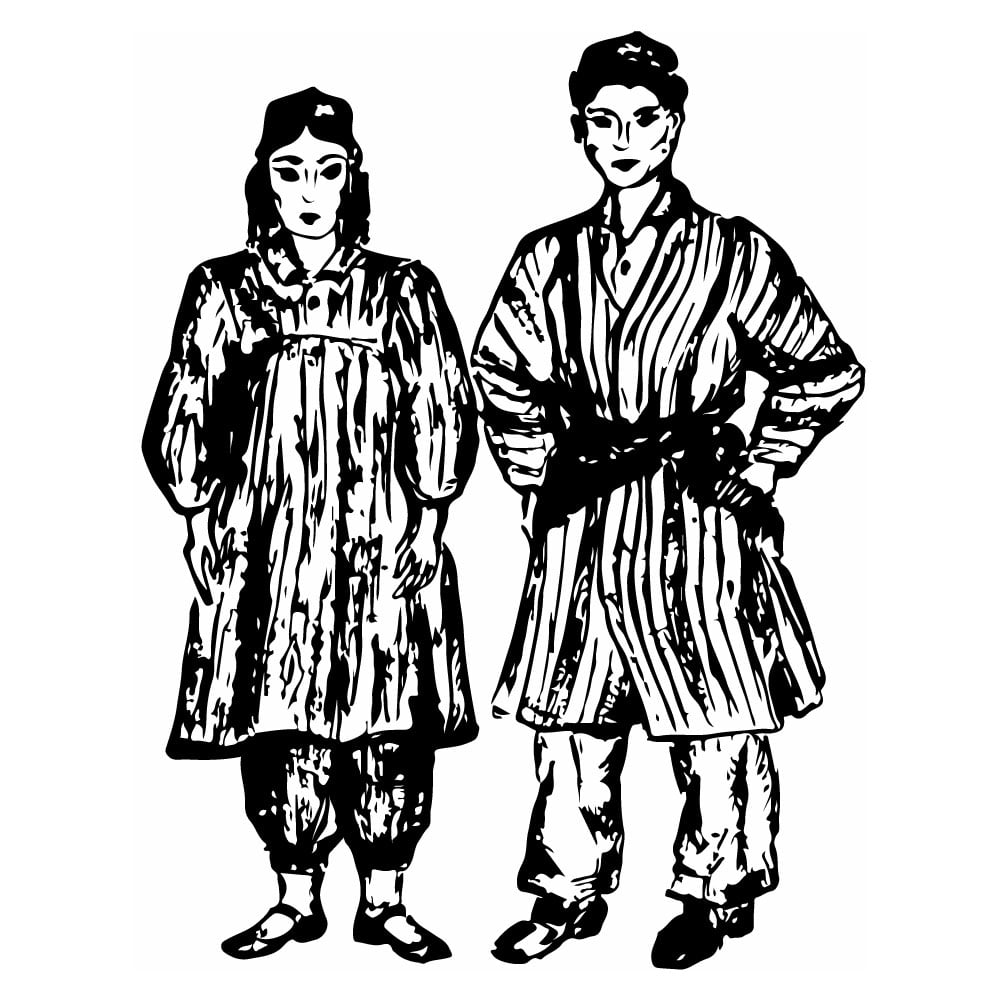Pamir Tajiks
| Population | Unknown |
| Language group | Eastern group of Iranian languages |
| Language | Tajik |
| Region | Pamir Territory |
| Center | Khorog |
| Religion | Islam |
*Population estimates for 1994
The Pamir Tajiks were known before under the following names: the Vakhans (self designation the Khik), the Shykashyms or Shykoshumi, the Yazgulemts or Yasgulamts (Zgamig), and the ones included in the Shugnan-Rushan group: the Shugnants, (Khununs), the Rushants (Rykhen), the Bartangs (Bartangizh), the Khufts (Khufig), and the Baidzuis (Badzuvezh). They all live in the highlands into the right tributary of the Pyandza on the territory called Mountainous Badakhshan, the West Pamir or the Pamir region.
The general name “Tajiks” is used to reflect unity with the whole Tajik nation. For the first time, the Pamir was mentioned in the monument of Sanskrit literature, an Indian epic poem “Makhabkharata” from the sixth century BC under the name “Meru.” The first mentions of the Pamir countries Rugian, Shugnan, and Vakhan can be found in Chinese sources, referring to the second century AD. The history of these countries is characterized by frequent wars and the people’s constant dependence upon different powerful neighbors.
On January 2, 1925, the Pamir district was formed in accordance with the decision of the Central Executive Committee. In December 1925, the region was renamed to the Gorno-Badakhshansk Autonomous Region, with the center in Khorog, becoming a part of the Tajik Republic.
In the past, nearly all of the Pamir Tajiks belonged to the Ismailist sect. Only the Yazgulemts accepted the Sunnite who were in domination of the Buchara khan.
The characteristic feature of the Ismailism is the cult of Ali (who was Mohammed’s son-in-law). The Ismailists believe that people cannot understand the nature of God. People are only able to understand His great mind and soul. The main feature of this great mind is knowledge, and the main feature of world’s soul is life itself. Sometimes the great mind and world should embody some individuals or prophets so they can begin to teach people and show them the ways of their escape. Local spiritual leaders of Ismailists are the ishan and their assistants, khalipha. Religious leaders were called “pir” which means “elder.”
The main occupation of the Pamir Tajiks was agriculture and cattle breeding. Gardening was developed on Pyandza areas as the climate was suitable for it there. Presently, many new branches of agriculture have appeared in the form of silkworm breeding and bee-keeping.
Right up to the beginning of the twentieth century, the population produced almost all of the necessary things by itself and all domestic trades were of great importance. The main trades were spinning, weaving, producting of woolen fabrics, knitting patterned stockings and gloves, embroidering, pottering, cravings, blacksmithing, and hunting. These people hiked everywhere they went; driving has just appeared within the last 40 years. A great share of house trades died out (the only exception are the art ones) as a number of manufactured articles came to kishlaks (villages). However, the Pamir Tajiks have received broad fame for the manufacturing knitted patterned stockings and embroidered skull caps.
During the old times, homespun cotton served as the main material for clothes production. Men’s clothing consisted of a wool or cotton shirt, trousers, an oriental wool robe, and a belt. The headdress consisted of a scull cap that was sometimes wound two or three times by a turban also made of wool. The clothing for the women consisted of a woolen, tunic styled shirtdress with long, tight sleeves near the hand. They wore a woolen robe over the shirt and woolen trousers. A shawl served as their headdress. Women put it on the head and back, then tied a narrow embroidered fillet on the forehead over the shawl. The clothes of the Pamir Tajiks has undergone changes, but the national character is still preserved.
The Pamir Tajiks folklore is rich in content and form. Fairy tales, legends, proverbs, and by-words are especially popular. Different styles of song and dances are also widely spread.
This is Ad 1



